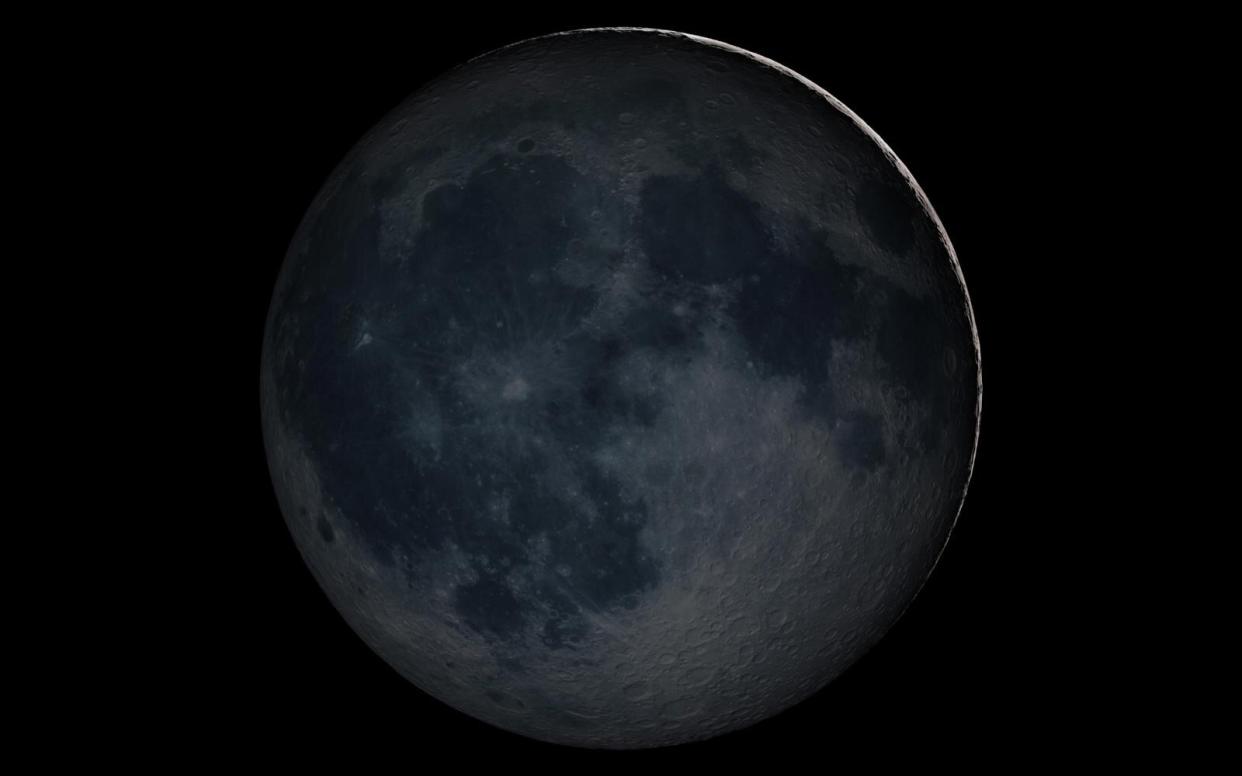A Super New Moon Is Coming — and a Stunning Crescent Moon Will Follow

Courtesy of NASA Earth Observatory
Some natural phenomena can’t be seen with the naked eye, but their effects can be. Such a phenomenon happens this Friday when our satellite swings particularly close to Earth. It will do so just a few hours after a new moon, which will bring rare "king" tides… and will even send a huge wave backwards up a mighty river. So what is a super new moon, and why is it so important?
What is a super new moon?
New moon is when our satellite’s orbit takes it between the Earth and the sun. It’s not a precise match-up — that would be a solar eclipse — but when the moon is close to the sun as seen from Earth, only its far side is illuminated. This happens every 29 days, once per lunar orbit, but this month’s new moon is a little different. It’s closer than any other new moon of 2019 at precisely 357,175 km from Earth. That makes it a super new moon.
When is the super new moon coming and how can I see it?
The moon will be 0% illuminated at precisely 10:37 a.m. UTC on Friday, Aug. 30, which is 6:37 a.m. EST and 3:37 a.m. PST. However, a super new moon is not something you can observe. All you will be able to observe are its effects. During a full moon the moon tugs on the oceans on one side of Earth, and the sun on the other, causing a big difference between high and low tide. During a new moon, both the moon and the sun tug from the same side, causing an even bigger range in the tides. However, when the new moon is especially close to Earth — as it is on Friday — the effect of the latter is magnified, and the result is strong spring tides also known as "king" tides.
When can I next seen the moon?
There are two specific times of the month for moon-gazing. The first is the few minutes it takes for the full moon to appear above the horizon and climb higher, turning from orange to yellow as it does. The other best time to look at our satellite is the few days after a new moon — so this Saturday and Sunday — immediately after dusk. On Saturday it may be possible to see a slim 1% illuminated crescent moon, which is truly a sight to behold. That will be difficult to see because it will be just above and to the left of where the sun has just set. A crescent moon will actually be easier to see on Sunday and Monday nights, when it should be clearly visible — and still every slim — just after sunset. As a bonus you should be able to see some of the features on the rest of the moon’s disc. That’s “Earthshine,” which is sunlight reflected from the Earth and onto the moon. It can only be seen for the first three or four evenings after new moon before the lit part of the moon becomes too bright and overwhelms it.
When is the next supermoon?
Supermoons are better known to astronomers as perigee-syzygy moons. Perigee means when the Moon is closest to Earth, and syzygy is when the sun, moon, and Earth line up. However, there are actually two types of supermoon. Super full moons can be observed easily with the naked eye, and in 2020, there are three of them. They will next occur on March 9 (the Super Worm Moon), April 8 (Super Pink Moon) and May 7 (Super Flower Moon). These are worth observing because they can appear to be up to up to 14% larger than a regular full moon. After this, super new moons, which aren’t visible, will next occur next month on Sept. 28, and on Oct. 16 and Nov. 15 in 2020.